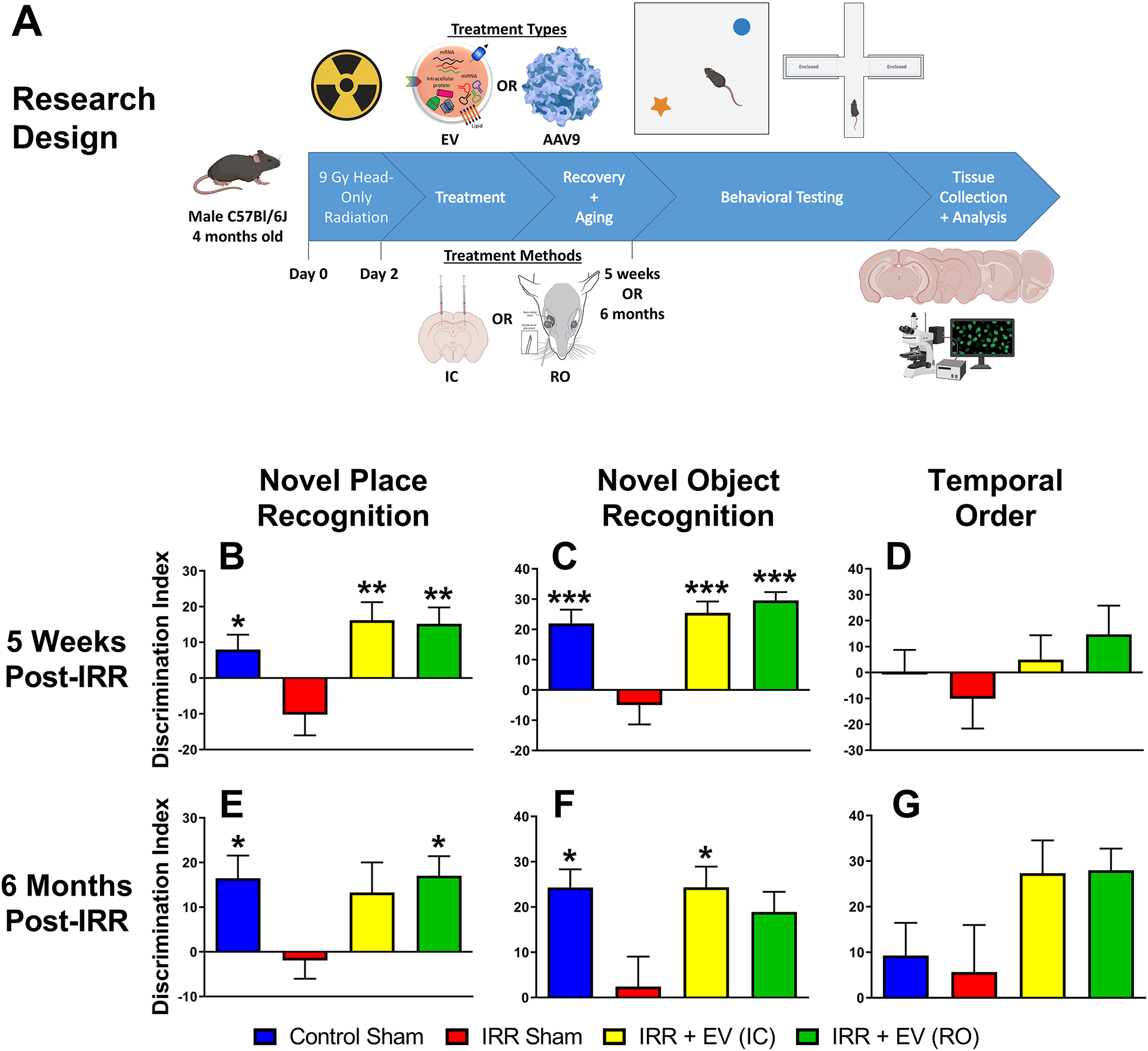Figure 1. Stem cell-derived EV protect against radiation-induced cognitive dysfunction at five weeks and six months post irradiation.

The experimental design for the present studies is shown (A). Four-month-old male C57Bl/6J mice were immobilized and subjected to 9 Gy cranial irradiation using a 137Cs γ irradiator at a dose rate of 2.07 Gy/min. Two days later mice were treated intracranially or retro-orbitally with EV or miR-124 AAV9 particles. At five weeks and six months post-irradiation, animals were administered spontaneous exploration tasks in the following order: NPR (B, E), NOR (C, F) and TO (D, G). The tendency to explore novelty (novel place or object) was calculated using the discrimination index [(novel location exploration time/total exploration time) – (familiar location exploration time/total exploration time)] × 100. All data are presented as mean ± SEM (N=10–14 mice per group). * P < 0.05, ** P < 0.01, *** P < 0.001, **** P < 0.0001 compared to the IRR group; P values are derived from one-way ANOVA and Dunnett’s test for multiple comparisons.
